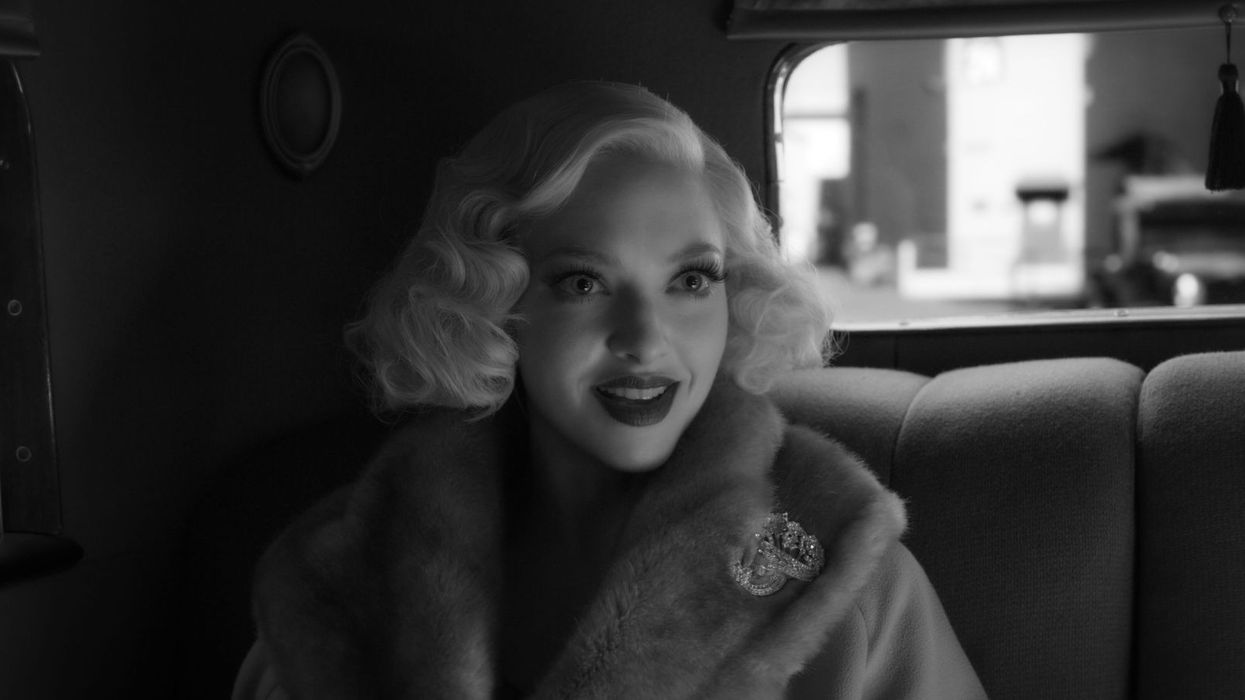How David Fincher Recreates the Sound and Look of '30s Cinema in 'Mank'
Any David Fincher movie is something to celebrate.

Mank is the collision between all my favorite things: David Fincher, classical Hollywood, and the ability to stream a new release during a pandemic. While I would love to see what Fincher does on a big screen, this is the next best thing.
In an extensive Vulture interview, Fincher recently discussed all sorts of topics, including Mank, his career, and projects that are wearing him out.
One of the key things I wanted to highlight in our coverage is how much Fincher cares about every detail. He is that guy.
Just listen to how he wanted to get the sound for Mank right.
“Ren Klyce, who is the sound designer, and I started talking years ago about how we wanted to make this feel like it was found in the UCLA archives—or in Martin Scorsese’s basement on its way to restoration,” Fincher said. “Everything has been compressed and made to sound like the 1940s. The music has been recorded with older microphones so it has a sort of sizzle and wheeze around the edges—you get it from strings, but you mostly get it from brass. What you’re hearing is a revival house—an old theater playing a movie.”
As you know, sound can make a movie. It's that final level of authenticity. When you're trying to make a movie that would have existed almost 100 years ago, you need to pay particular attention to the sound.
Though early people who have seen Mank have high praise for Fincher.
“It’s funny because I’ve played it for some people who ask, ‘What is going on with the sound? It’s so warm.’ And I respond, ‘Well, what you mean when you say ‘warm’ is it sounds like an old movie. It sounds analog.'”
Those are not tricks he's using, it's just hard work.
"We went three weeks over schedule on the mix trying to figure out how to split that atom,” he said. “[Visually,] our notion was we’re going to shoot super-high resolution and then we’re going to degrade it. So we took most everything and softened it to an absurd extent to try to match the look of the era. We probably lost two-thirds of the resolution in order to make it have the same feel, and then we put in little scratches and digs and cigarette burns.”
So what do you shoot on to achieve that old-time look?
Well, Fincher shot on the most modern camera he could find and then editing the look into post. Erik Messerschmidt, who worked with Fincher on Mindhunter, was the cinematographer for Mank. There's pressure recreating what many believe to be the greatest film of all time.
"When you look at a movie that is cohesive, as [Citizen] Kane was, from the authorship standpoint, it fires on all cylinders," Fincher told TCM's Ben Mankiewicz, whose grandfather is the titular character in Mank.
So, what was the pull of the late '30s, early '40s Hollywood for Fincher?
"It wasn't. It was the character," Fincher said. "It was the guy. It was the notion of someone struggling with great ability and personal troubles. And, you know, his pushing a rock up a hill in gravel."
Check out the tools Fincher and his team used to make Mank.
Technical Specs for Mank:
- Sound Mix: Mono
- Color: Black and White
- Aspect Ratio: 2.20 : 1
- Camera: Red Monstro Monochrome, Leica Summilux-C Lenses
- Laboratory: FotoKem nextLAB (digital dailies), LightIRON Digital, Los Angeles (CA), USA (digital intermediate)
- Negative Format: Redcode RAW
- Cinematographic Process: Digital Intermediate (6K) (master format), Dolby Vision HDR10, Redcode RAW (8K) (source format)
- Printed Film Forma: D-Cinema, Video (UHD)
Are you excited to jump back into the Golden Age of Hollywood and watch Mank? Let us know down in the comments.











